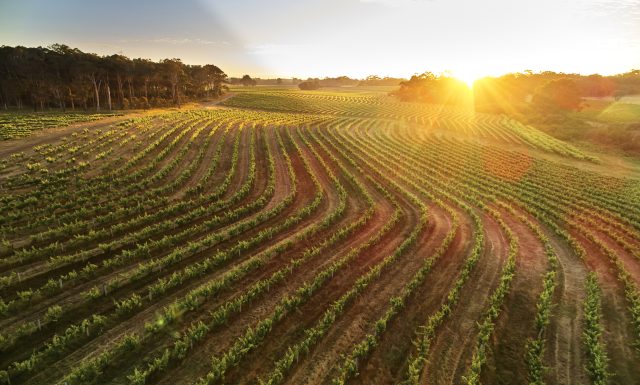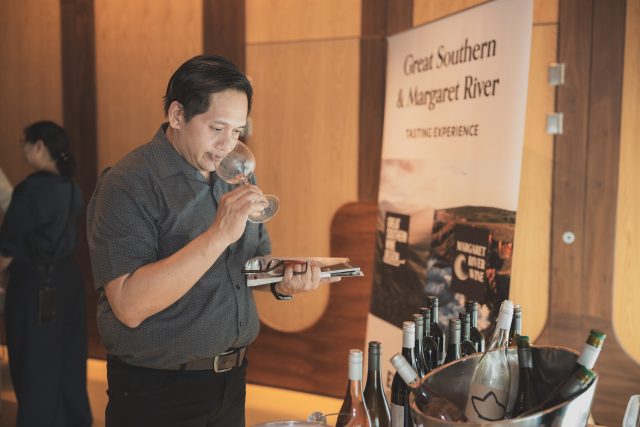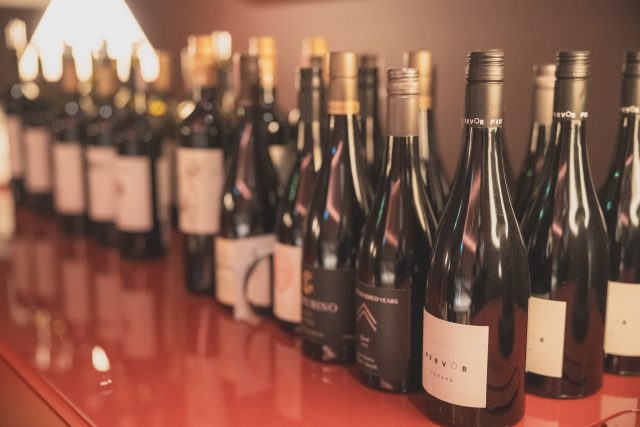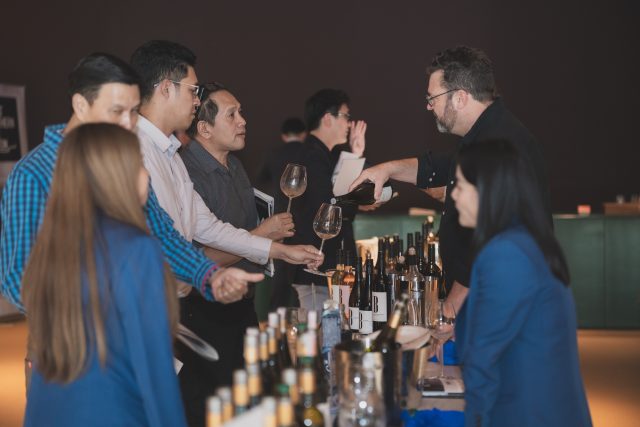Australia’s Margaret River and Great Southern wine regions made their mark on Bangkok with a successful series of masterclasses. Nimmi Malhotra reports.

Western Australia is home to some of the world’s most pristine and diverse wine producing regions. Among these, Margaret River and the Great Southern stand out as the state’s two premier wine destinations.
Though they are separated by hundreds of kilometres, and shaped by unique terroirs, both regions are celebrated for their world-class wines, natural beauty and thriving wine tourism. A delegation representing the two regions recently travelled to Bangkok, Thailand, to present their wines in a pair of masterclasses aimed at the local wine trade. The first session focused on the celebrated Margaret River Cabernet Sauvignon, while the second highlighted Shiraz and Syrah expressions from the Great Southern region.
Margaret River: A coastal stronghold for Cabernet
Located approximately 300 kilometres south of Perth, Margaret River has evolved over the past two decades into a coveted wine destination. Despite producing just over 2% of Australia’s total grape crush, it has earned an outsized reputation, exporting wines to more than 50 international markets and drawing over 1.5 million visitors annually to its 100 cellar doors.
The masterclass – led by two of the most acclaimed winemakers of the region, Julian Langworthy of Nocturne and Cliff Royle, chief winemaker for Flametree Wines – delved into the region’s unique suitability to Cabernet Sauvignon, recent vintages and the stylistic evolution underway.
Langworthy, who has worked in wine regions around the globe, including France’s Languedoc and the Australian Coonawarra region, said returning to Margaret River gave him a renewed appreciation for its potential. “I didn’t realise how amazing the region was until I returned,” he said. “We can do 100% Cabernet Sauvignon because we get amazing ripeness. Cabernet Sauvignon is so hard to get right, but when it’s right, it’s generous, it’s plush, it’s beautiful, it’s perfumed and fresh.”
He emphasised the importance of tannin development, a key hallmark of the region. “In other regions, the sugar accelerates faster than the tannins. The superpower of Margaret River and other great Cabernet regions is that the ripening month is cooler and the sugar accumulation slows down.”

The style evolution
Royle noted that significant advances in viticulture have shaped the region’s wines over the past 10 to 15 years: “Viticulture has improved tremendously. We have a better idea of managing vines. We are getting better clones in the ground, and we’re also finding sites that are better suited.”
He cited the vintages of 2001 and 2018 as standout examples, crediting improved vineyard practices for their excellence. The 2022 vintage, described as warm and benign with low yields, continued that trajectory. Langworthy added that Margaret River’s average yields rival those of Champagne, at around 35 hectolitres per hectare.
Notably, in the six wines, a discernible shift in the oak regime was observed. The new French oak usage has shifted to a blend of new and old, and the formats in use range from barriques, hogsheads and puncheons.
Both winemakers also addressed climate change. Langworthy believes the region isn’t getting as warm as it is dry. He highlighted sustainability efforts across the region, including restoration of soil carbon, composting and broader regenerative agriculture. Royle added that the outlier warm 2024 vintage served as a reminder. “You have to adopt practices for the challenges that you’ve been given,” he said.
Many wines featured the heritage Houghton clone, unique to Margaret River, although producers are also exploring clones from South Australia and Bordeaux to enhance complexity in their wines. “The great diversity of Cabernet in Margaret River is endless,” concluded Royle, and the wines were an apt testament to that statement.
Great Southern
The Great Southern is larger, more expansive and more isolated. Though its viticulture potential was recognised around the same time as Margaret River’s, the two regions have followed different trajectories. Over the last decade, though, Great Southern has risen from relative obscurity to share the spotlight with its regional sibling.

Recognising the strength of this cool climate region, many wineries from Margaret River also produce wine in the Great Southern region, including Howard Park and Cherubino. These producers were part of the Margaret River and the Great Southern delegation in Bangkok, and highlighted their strongest suit: Shiraz.
The late-afternoon masterclass was led by regional heroes Mike Garland of Fervor and Patrick Corbett of Singlefile Wines, showcasing six expressions of Shiraz and Syrah from the Frankland River subregion, where the grape shows its best potential.
The Great South is a composite of five sub-regions, including the hilly granite Porongurup, a site ideally suited for Pinot Noirs and Rieslings.
The coastal towns of Albany and Denmark are heavily influenced by the Southern Ocean, and are perfect for early ripening varieties like steely Chardonnay, Pinot Noir and Sauvignon Blanc.
Meanwhile, the inland regions of Mount Barker and Frankland River are well suited to Cabernet Sauvignon and Shiraz.
“The Great Southern Shiraz is much different from the rest of Australia,” Garland said. “The tannin structure and aromatics are different. But it has taken us up to 50 years to realise that and adjust our winemaking in accordance with the fruit we get.” He encouraged the masterclass attendees to look out for the “plushness of tannins” as compared to other regional expressions.

A move away from oak
Garland pointed to a shift away from heavy oak and said: “In the early years, we were copying what was happening in South Australia, which is a very heavy-handed use of oak.”
Today, winemaking styles across the region are moving towards larger formats and a more restrained use of new oak. This was especially evident in wines like the Battles Frankland River Shiraz.
The region’s diversity was also on display in the free-pour session, which featured an eclectic line-up, including Vermentino, Semillon, Pinot Noir, Tempranillo, Malbec, Cabernet Franc and Cabernet Sauvignon.
Cherubino founder Larry Cherubino expressed optimism about experimental plantings. “From a white-wine perspective, Fiano is showing great promise on the right sites, and we’re genuinely excited about its potential. Equally, Nebbiolo is a major focus for us — we’ve made considerable plantings, and the journey ahead with it is full of promise,” he shared.
The response to the tasting was enthusiastic. “There was a lot of positivity on the floor,” said Terry Chellappah of Plan B wines.
As both Margaret River and the Great Southern continue to refine their styles and embrace innovation, their wines are making a strong impression abroad — Bangkok included.
Related news
‘No flutes in the building’: why sommeliers are snubbing Champagne’s most iconic glass
Delle Venezie brings Pinot Grigio masterclass to British public
Rob Symington joins Berry Bros. & Rudd as UK MD


Dining and Cooking